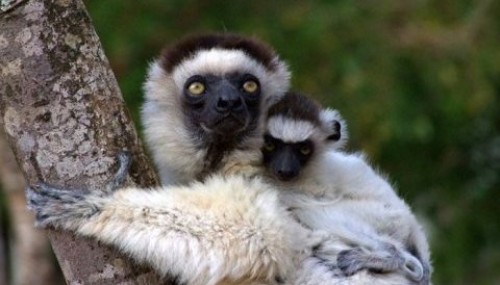London: Researchers have found that more than a hundred species currently identified as non-threatened on the Red List of Threatened Species, are actually likely to be at risk of extinction.
The study emphasises on the urgent need for re-assessment of animal species on the Red List.
The findings, led by a team from Radboud University in the Netherlands, showed that 20 per cent of the 600 species, such as the brown-banded rail and Williamson’s mouse-deer, which were impossible to assess by the Red List experts are likely under threat of extinction.
In addition, 600 species that were assessed previously as being non-threatened, are actually likely to be threatened, such as the red-breasted pygmy parrot and the Ethiopian striped mouse.
Once every few years, specialised researchers voluntarily assess the conservation status of animal species in the world, which is then recorded in the International Union for Conservation of Nature (IUCN) Red List of Threatened Species.
Species are classified into five extinction risk categories, ranging from least concern to critically endangered, based on data such as species distribution, population size and recent trends.
“While this process is extremely important for conservation, experts often have a limited amount of data to apply the criteria to the more than 90,000 species that are currently covered by the Red List,” said Luca Santini, ecologist at the varsity.
“Often these data are of poor quality because they are outdated or inaccurate because certain species that live in very remote areas have not been properly studied. This might lead to species to be misclassified or not assessed at all,” Santini added.
Hence they proposed an efficient, systematic and comprehensive method, described in the journal Conservation Biology, which uses information from land cover maps that show how the distribution of species in the world has changed over time.
The researchers can couple this information with statistical models to estimate a number of additional parameters, such as species’ abilities to move through fragmented landscapes, to classify species into a Red List extinction risk category.
IANS







































